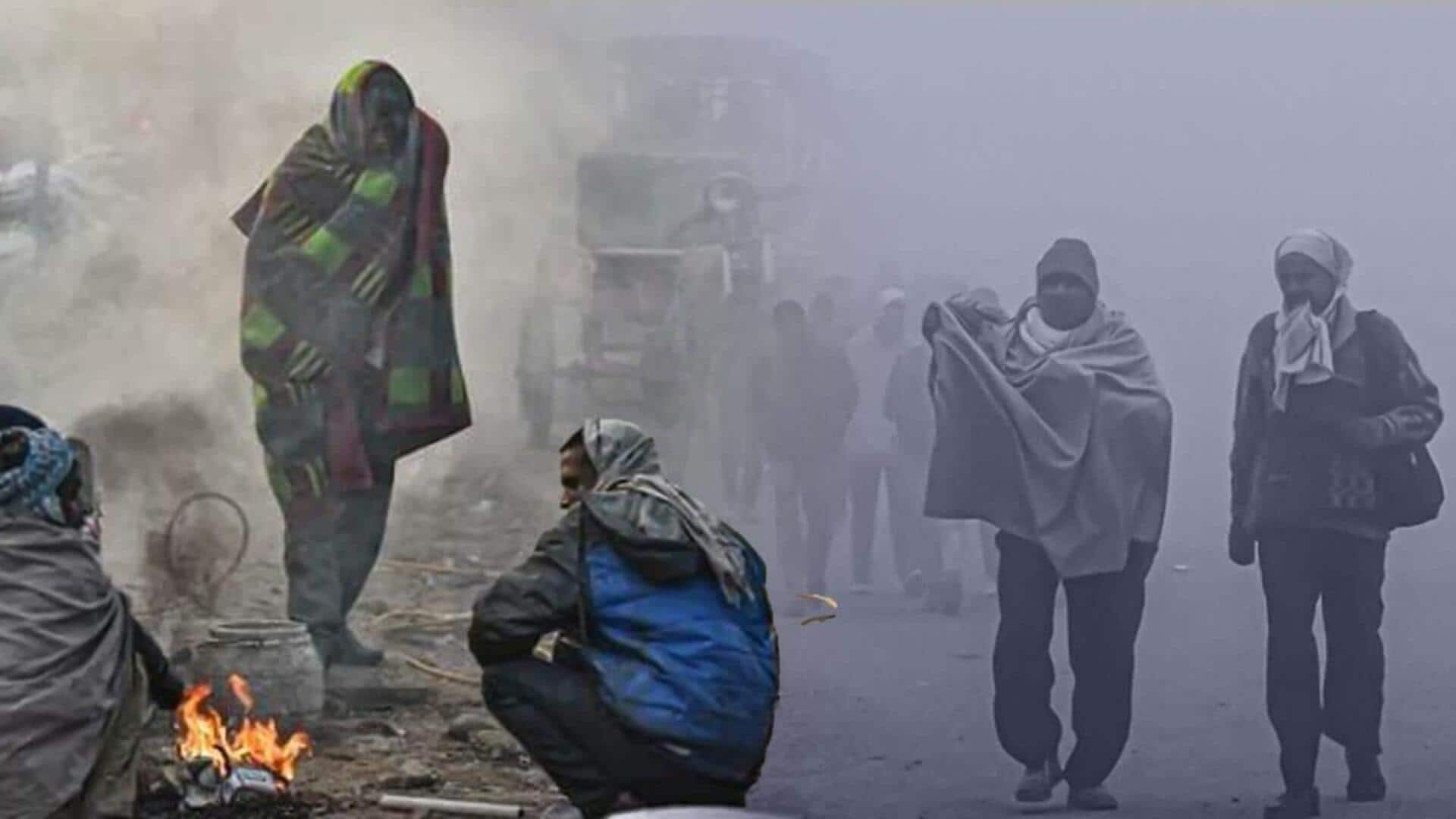
India could experience severe cold wave this year; know why
What's the story
The India Meteorological Department (IMD) has warned of a harsher winter in India by the end of this year, attributing the forecast to the possible resurgence of La Niña. This weather phenomenon, which is characterized by cooler sea surface temperatures in the equatorial Pacific Ocean, can have far-reaching impacts on global weather patterns. In India, La Niña is often associated with colder-than-average winters.
Weather forecast
La Niña's development forecast
The US National Weather Service's Climate Prediction Centre has predicted a 71% chance of La Niña developing between October and December 2025. This probability decreases to 54% from December 2025 to February 2026. Despite being in a neutral state currently, the IMD's climate models suggest that the chances of La Niña developing increase after the monsoon season.
Weather patterns
IMD models indicate La Niña likelihood
A senior IMD official said, "Our models indicate more than a 50% chance of La Nina developing between October and December." The official added that while climate change's warming effect may offset some of the impact, winters during La Niña years are usually colder than neutral years. GP Sharma, chairman of private weather forecaster Skymet Weather, also emphasized that short-term La Niña conditions cannot be ruled out.
Weather impact
Official declaration of La Niña conditions
Sharma said that if sea surface temperatures drop below -0.5°C and remain for three consecutive quarters, La Niña will be officially declared. He recalled a similar situation at the end of 2024 when La Niña conditions prevailed briefly before returning to neutral. "Ongoing cool conditions in the Pacific can influence global weather," Sharma said, adding that this usually leads to harsher winters and more snowfall in India.
Cold wave intensification
Research on La Niña's impact on cold waves
A 2024 study by IISER Mohali and Brazil's National Institute for Space Research found that La Niña often intensifies cold waves in North India. The study said, "During La Niña, the prominent low-level cyclonic anomaly helps in advecting cold air from higher latitudes into the country." It also noted that the frequency and duration of cold wave events are higher during La Niña years compared to El Niño or neutral years.